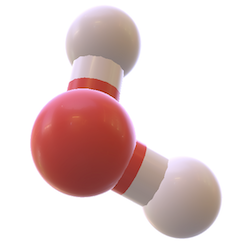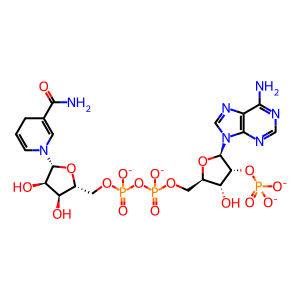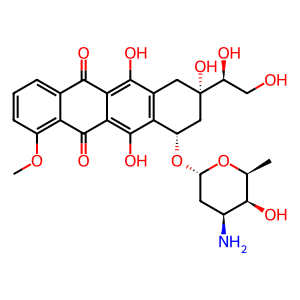Reaction: CBR3 reduces DOX to DOXOL
- in pathway: Phase I - Functionalization of compounds
The anthracycline doxorubicin (DOX, adriamycin) is a widely-used chemotherapeutic agent effective against a broad range of malignant neoplasms, including blood cancers, carcinomas, and sarcomas. Its use is dose-limited by off-target complications, namely cardiomyopathies. Doxorubicinol (DOXOL, adriamycinol), an alcohol metabolite of doxorubicin, has been implicated in the cardiotoxicity observed in doxorubicin-treated patients (Olson et al. 1998). In a mouse model, carbonyl reductase [NADPH] 3 (Cbr3) is able to catalyse the NADPH-dependent two-electron reduction of DOX to DOXOL but at a much lower efficiency than its well-characterised family member Cbr1 (Schaupp et al. 2015). Naturally occurring variants of human CBR3 can significantly alter anthracycline metabolism (Bains et al. 2010). Inhibition of CBRs may provide protection from doxorubicinol cardiotoxicity.
Reaction - small molecule participants:
NADP+ [cytosol]
DOXOL [cytosol]
NADPH [cytosol]
Reactome.org reaction link: R-HSA-8937419
======
Reaction input - small molecules:
NADPH(4-)
Reaction output - small molecules:
NADP(3-)
doxorubicinol
Reactome.org link: R-HSA-8937419



